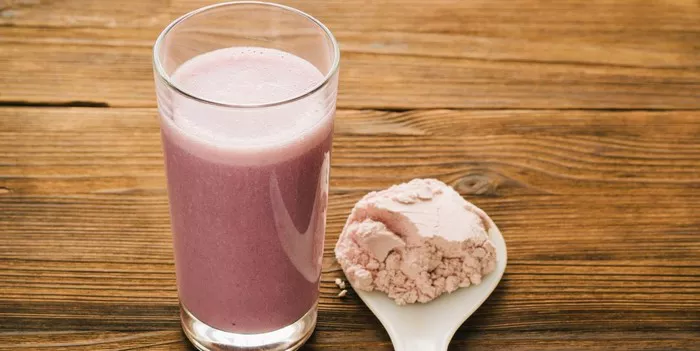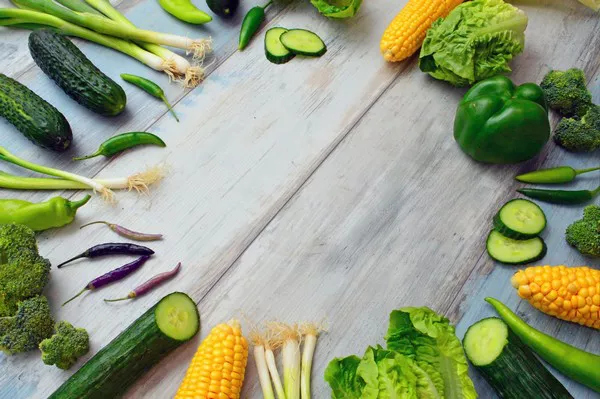A Stanford University School of Medicine-led study has identified distinct blood glucose response patterns to various carbohydrates that correlate with metabolic conditions such as insulin resistance, β-cell dysfunction, and hypertension.
The research, published June 4 in Nature Medicine, highlights how individual differences in blood sugar reactions to certain carbohydrates reflect underlying metabolic health subtypes. These subtypes include insulin resistance and β-cell dysfunction—both key contributors to the development of diabetes.
“Current dietary guidelines from the American Diabetes Association fall short because they treat all individuals the same,” said Dr. Michael Snyder, professor of genetics at Stanford and co-lead author. “Our study shows that prediabetes has distinct subtypes, which can inform personalized dietary recommendations.”
The study involved 55 participants without a history of type 2 diabetes who underwent metabolic assessments measuring insulin resistance, β-cell function, and multi-omics analyses, including triglyceride levels, plasma metabolites, liver function, and gut microbiome data. Nearly half of the participants (26 individuals) were diagnosed with prediabetes, reflecting the prevalence in about one-third of U.S. adults.
Participants wore continuous glucose monitors and consumed standardized portions of seven carbohydrate-rich foods delivered to their homes. These included jasmine rice, buttermilk bread, shredded potatoes, pasta, canned black beans, grapes, and mixed berries (blackberries, strawberries, blueberries). After fasting 10 to 12 hours overnight, each participant ate each food twice, with blood glucose levels tracked over three hours post-consumption.
The study found that rice and grapes triggered blood glucose spikes across all metabolic profiles. However, responses to starch-rich foods like potatoes and pasta varied significantly depending on metabolic dysfunction.
“Not all starches are equal; different foods produce very different peak glucose levels,” said Dr. Yue Wu, a co-first author and postdoctoral geneticist.
After eating pasta, those with insulin resistance showed the highest glucose peaks, while after eating potatoes, the highest peaks appeared in participants with insulin resistance or β-cell dysfunction. Multi-omics data revealed elevated triglycerides, fatty acids, and other metabolites in those consuming potatoes, markers common in insulin-resistant individuals.
The researchers also noted that glucose spikes after eating beans were linked to histidine and ketone metabolism, indicating the body’s reliance on fat for energy in these cases. Additionally, participants who showed high glucose spikes after eating bread were more likely to have hypertension.
The study highlighted the potential of the potato-to-grape glucose response ratio as a biomarker for insulin resistance, offering a promising tool for real-world diagnosis and risk stratification.
“This biomarker is valuable because insulin resistance can be managed with lifestyle changes and medication to reduce diabetes risk,” said co-lead author Dr. Tracey McLaughlin, professor of endocrinology. “Currently, simple clinical diagnostic methods for insulin resistance are lacking.”
Researchers also tested whether consuming fiber, protein, or fat before carbohydrates could reduce glucose spikes. Participants ingested pea fiber powder, egg white protein, or French cream fat 10 minutes before eating rice.
Results showed that fiber and protein intake before rice consumption lowered glucose peaks, while fat delayed the glucose peak. These effects were significant only in participants with normal metabolic function and insulin sensitivity. Though minimal changes were seen in insulin-resistant or β-cell dysfunctional participants, the researchers believe these dietary strategies warrant further investigation.
“While it’s unclear whether protein, fat, or fiber should come first before carbohydrates, delaying carbohydrate intake is a good idea,” Snyder suggested. “Better to eat salad or a burger first, then fries later.”
The study was a collaborative effort including researchers from Johns Hopkins University, Ultima Genomics, Amrita Vishwa Vidyapeetham University, the University of Bergen, and Cairo University.
Funding was provided by the National Institutes of Health, the National Library of Medicine, Stanford Precision Health and Integrated Diagnostics Center, Stanford Diabetes Center, the American Diabetes Association, and the Precision Health Nutrition Center.
Related Topics
































